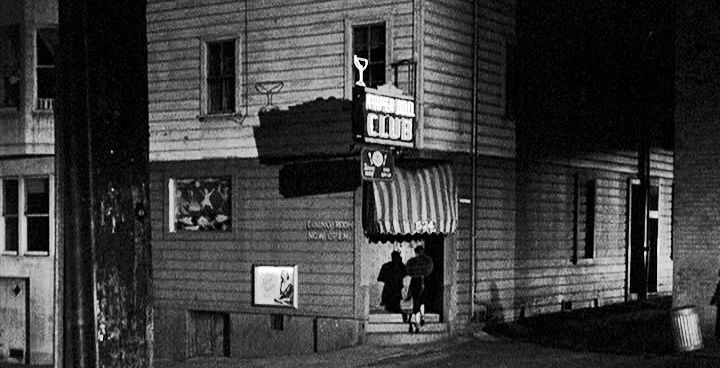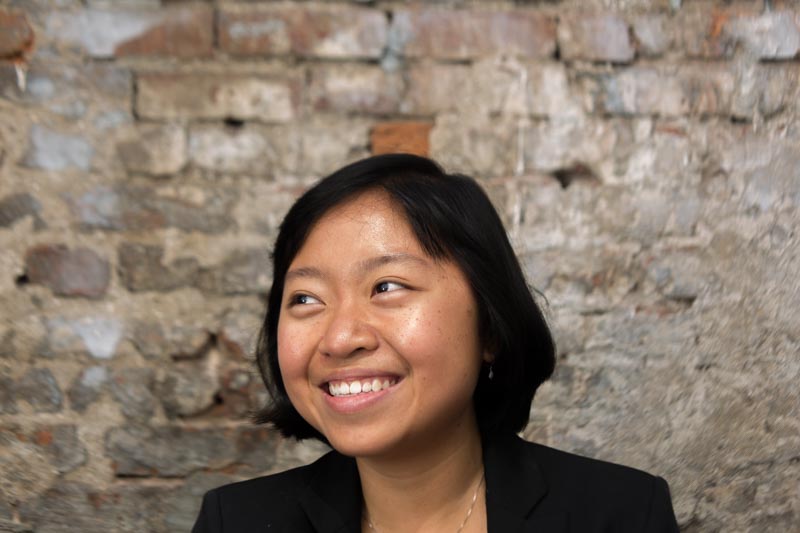A scene from the 1952 film The Sniper featured 524 Union Street when it was known as the Paper Doll. Credit: Reel SF.
Ready State’s San Francisco office is located at 524 Union Street, in a building we fondly call The Barn.
We can see how it might have hosted a horse and carriage—and our landlords have speculated as much—but this begs the question: Was it ever a barn? We started digging into government records, academic and news articles, and books to learn more about its history. In the process, we came across some interesting tidbits—like the fact that it was once a raging-hot gay nightclub.
1940s to 1961: The Paper Doll Club
The earliest tenant records we found for 524 Union Street date back to the 1940s, when the ground floor (the currently vacant part of our office building) was possibly San Francisco’s first restaurant and nightclub catering to the gay community.
In a research paper about San Francisco's LGBTQ history it published in October, the city’s planning department discusses the club as part of the popping up of queer entertainment off Broadway’s tourist strip in the late 1940s:
The clientele at the popular Paper Doll was a mix of men and women. Charlotte Coleman said the Paper Doll was “where we all met and grew up.” It was “the No. 1 place that we went every Friday and Saturday night.” Coleman liked the Paper Doll because it was located away from the more touristy Broadway Street: “Women used to pick bars that were tucked away—quiet little areas and districts and whatnot—and the Paper Doll, at that time, was.”
According to Broadway North Beach: The Golden Years, by Dick Boyd, the Paper Doll served “steak with all the trimmings for $1.65.” He added: “In the late 1950s and early ‘60s, the Paper Doll Club held Halloween parties that overflowed down Union and up to Grant. There was a contest held for the best costume, and drag queens came from as far away as New York to compete for the crown.”
 A close-up of 524 Union, previously known as 2 Cadell, from a mid-1900s Sanborn map. The front of the building was marked as “Sal & Rest’r’t,” short for saloon and restaurant. We’re not sure what “Ball Alley” means, but we wonder if we are strategizing, designing, and editing in a former restaurant-side bocce ball alley. Given the many Italian immigrants who populated North Beach in the late 1800s and maintain its character, it’s a sheer possibility. Credit: San Francisco Public Library.
A close-up of 524 Union, previously known as 2 Cadell, from a mid-1900s Sanborn map. The front of the building was marked as “Sal & Rest’r’t,” short for saloon and restaurant. We’re not sure what “Ball Alley” means, but we wonder if we are strategizing, designing, and editing in a former restaurant-side bocce ball alley. Given the many Italian immigrants who populated North Beach in the late 1800s and maintain its character, it’s a sheer possibility. Credit: San Francisco Public Library.

In 1952, the Paper Doll was featured in The Sniper, a film about a San Francisco delivery man who embarks on a women-only killing spree. Credit: Movie Morlocks.
After the club shut its doors in 1961, the space hosted the 524 Club, then Russo’s, then Cadell Place, businesses about which we could find very little information.
1950s and 1960s: Studio of sculptor Sargent Claude Johnson
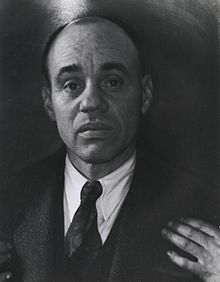 |
|
Sargent Claude Johnson, 1888-1967. Credit: Consuelo Kanaga - Brooklyn Museum. |
Our landlord tells us that our office hosted other types of avant-garde artists and entertainers. Among them: prominent city sculptor and muralist Sargent Claude Johnson, often associated with the Harlem Renaissance, who was cited in a 1965 article by African-American journal The Post in Berkeley, Calif., as located “at 2 Cadell.”
Johnson, who was born in Boston in 1888 and lived in Chicago before settling in the Bay Area, is quoted in an Art eJournal of the African World article as saying, “I think North Beach is the most interesting place in America.”
We’re not sure when, exactly, Johnson worked at 2 Cadell, but according to the paper, he was “one of the most important sculptors” in a neighborhood of notable artists:
Many may remember him [as part] of the “Monkey Block” and all North Beach’s favorite arty bars and restaurants, hangouts of bohemians, beatniks, hippies, seamen, businessmen, artists of all kinds, and a general melting pot of people. Older art lovers may remember Johnson’s works in the Harmon Foundation National Exhibitions for black artists in the 1920s and 1930s, or the San Francisco Art Association exhibitions and festivals of that period. They may remember his murals and animals of W.P.A. days, and hispolychrome enamel metal murals, or just his warm friendly smile while he conversed about Mexico, Japan, people of the world, or art in general.
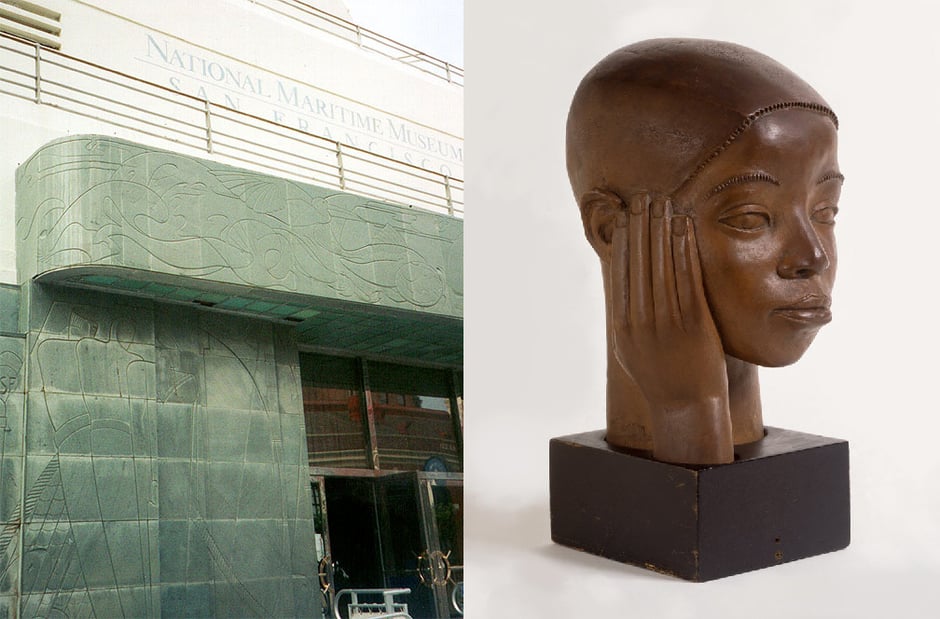
Left: Johnson's frieze on the Maritime Museum. Credit: FoundSF. Right: Chester, a 1931 sculpture. Credit: The San Francisco Museum of Modern Art.
1960s: Workplace of Ramparts editor Warren Hinckle.
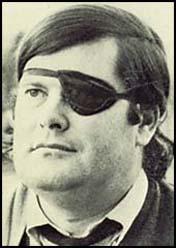 |
|
Warren Hinckle, perhaps when he worked at 527 Union. Credit: Spartacus Educational Publishers |
We also hear from our landlord that as executive editor of muckraking political magazine Ramparts, Warren Hinckle worked in a section of our office building that has its own loft. Hinckle, who wears a patch over an eye he lost in a childhood archery accident, is credited for upgrading the look and feel of the magazine, an early opponent to the Vietnam War, and moving its operations from Menlo Park, Calif., to San Francisco.
Among the notable things Hinckle and his colleagues accomplished during a period of intense and far-reaching political and social changes in the United States, Ramparts published Che Guevara's diaries, with an introduction by Fidel Castro. (We at Ready State have some connections to Guevara and Castro, but nothing we’ll bore you with today.)
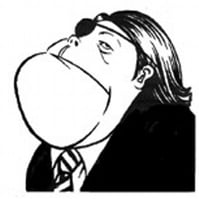 |
|
A caricature of Hinckle. Credit: The Argonaut |
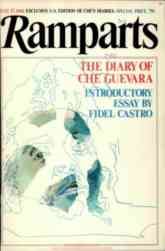 |
|
An issue of Ramparts featuring writings |
Hinckle left the magazine in 1969 and in 1974 published a memoir titled, If You Have a Lemon, Make Lemonade. And , according to a 1996 SF Weekly profile of the intrepid editor, Hinckle founded and edited several other magazines, including at least one other based in North Beach:
Hinckle leaped right back into magazines, this time seducing the bulging pockets of Francis Ford Coppola, at that time coasting on the success of The Godfather, and intrigued with the idea of creating a media empire outside Hollywood. Coppola and Hinckle devised a more local publishing concept, a magazine called City of San Francisco. Hinckle hired a staff, offices were rented—again in North Beach—and it was off to the races. In inimitable Hinckle style, City wouldn't last long, but it would make a splash.
In 1991, Hinckle, who has also worked for the San Francisco Chronicle and Examiner daily newspapers, revived a literary journal called The Argonaut that had stopped publishing in 1956, according to its Wikipedia page, and became editor and publisher of its online version, Argonaut360. The journal’s last article appears to have been published in 2012, a year after Hinckle gave this interview about Hunter S. Thompson, and the so-called gonzo journalism he pioneered and chronicled.
1984: Silhouettes, a ‘50s-theme bar
In the 1980s, 524 Union Street was home to a bar called Silhouettes. According to a blog post by former North Beach resident "TK," Silhouettes had a large front room with a bar, and a back room with a fireplace and some pinball machines. He wrote:
Not any place you'd go out of your way to go to, but it was nice to have in the neighborhood. When I lived up the hill on Union in the very early ‘90s, we would occasionally go there because it was the closest bar to our house. Everyone there was friendly, and it was completely sceneless, which was nice.
It is not clear when Silhouettes folded, but the space subsequently became The Field Restaurant and Bar and Le Bordeaux.
But was it ever a barn?
We can’t find any evidence that it was. Office lore seems to be based on the fact that the ceiling is made of somewhat-angled wooden beams.
That said, it’s plausible. Records show that 524 Union Street was built in 1908, shortly after an earthquake destroyed thousands of buildings in the city. Horse-drawn delivery carts were common then, and many of those horses would have been housed in the city proper.
We just can’t say that it ever really was a barn. Maybe we should change our nickname for the building to The Club or The Studio.
Ready State editor Zoë Slocum contributed to this post. Like Sargent Johnson, she was born in Boston and lived in Chicagoland before settling in San Francisco. Her grandfather, Enrique Menocal, fled Cuba in 1960, after working closely with Castro and Guevara.
